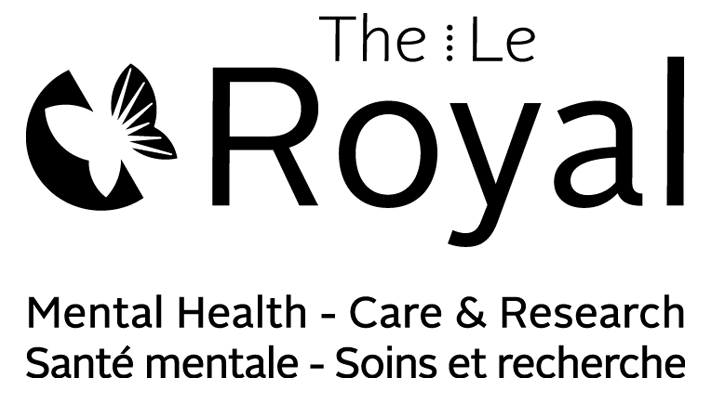Child Abuse & Neglect | Volume 169, November 2025, 107700 | https://doi.org/10.1016/j.chiabu.2025.107700
Rebecca L. Fix, Alex T. Newman, Elizabeth J. Letourneau
What does the research look at?
Our study explored how the words that are used can shape public understanding of child sexual abuse and whether people see it as something that can be prevented. We created and tested different “frames”, or ways of talking about child sexual abuse through:
- Design labs
- Surveys
- Street interviews
Each step focused on whether how we communicated about the problem could shift people’s mindsets from child sexual abuse as inevitable to a preventable issue.
What are the key findings?
Findings from our survey of 5,389 adults from across the United States pointed to several options that show promising results. The most effective framing emphasized education, healthy development, and perspective-taking. These messages helped the public see child sexual abuse not as inevitable, but as preventable, a crucial step forward in sparking real action and investment in prevention.
What was most unexpected?
We initially assumed that describing child sexual abuse as a catastrophe would discourage people from believing it can be prevented. Surprisingly, it did not. When followed up by hopeful messages and how prevention can work, it can grab the public’s attention and help people engage more profoundly with solutions.
Who does this help?
This helps advocates, educators, policymakers, and journalists with evidence-based language to help move child sexual abuse prevention efforts forward. It also benefits the children and families these efforts aim to protect.
What does it offer for the future?
This research paves the way for follow-up studies on language and framing, including how terms like child sexual abuse vs. child sexual violence influence people’s responses. Beyond research applications, this study also offers a pathway to help leaders communicate the problem of child sexual abuse and the importance of prevention more clearly, encouraging shared understanding and action through policy, practice, and funding.
Where can people find out more?
The team has developed a free toolkit to show how you can use the frames that worked best. We also offer targeted workshops and trainings with front-line practitioners. Explore the toolkit and read the full peer-reviewed paper.

